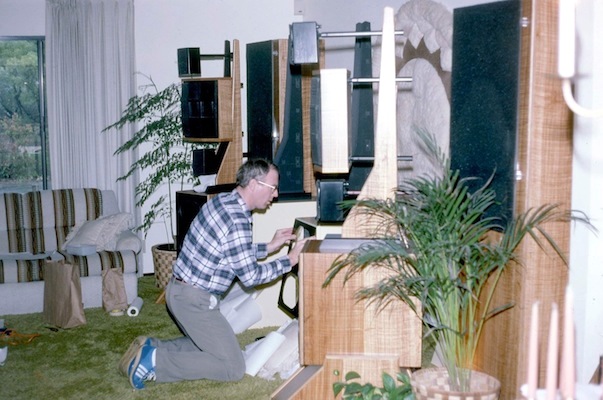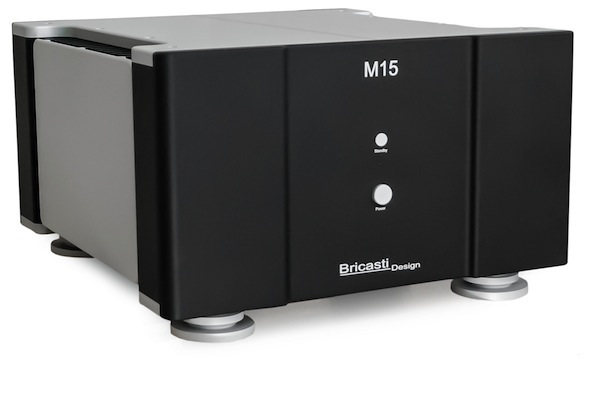
Month: May 2018
In Memory of David A. Wilson II, 1944-2018
 David Wilson, assembling a WAMM loudspeaker, 1986. Courtesy of Wilson Audio.
David Wilson, assembling a WAMM loudspeaker, 1986. Courtesy of Wilson Audio.
In Chicago in 1972, Peter McGrath was holding down a part-time job in a stereo store, while he pursued his graduate studies in fine art.
For those who were not alive and aware at the time, the early 1970s witnessed the dawning of the second Golden Age of Hi-Fi. The first Golden Age encompassed the late 1940s through early 1960s. Pioneering companies included Fisher, McIntosh Laboratory, and Marantz (electronics); Klipsch (horn loudspeakers); QUAD (electrostatic loudspeakers, and electronics); and Acoustic Research (acoustic-suspension loudspeakers, and turntables). The great hi-fi companies of the 1950s established the component stereo system (consisting of a turntable and sometimes a tuner or reel-to-reel tape deck, vacuum-tube amplification, and loudspeakers) as a vital part of what was understood to be “the good life.”
I think it is tremendously important to point out that although hi-fi started out as a hands-on hobby for technically-inclined males, by the late 1950s, high-quality music playback in the home via stereo components was almost universally regarded as something to aspire to—even if in many cases, people had to settle for suitcase stereos or the massive pieces of furniture called console stereos. Going back and reading general-circulation magazines of the 1950s (as well as male-oriented magazines such as Esquire and Playboy), one is struck by the prevalence of advertisements for hi-fi components and loudspeakers, as well as for “culturally improving” book and record clubs.
More context, backstory, and appreciations of David A. Wilson, after the jump link. Continue Reading →
Bricasti Design M15 Solid-State Stereo Amplifier

I just had a rather arresting (in the sense of, one has to stop doing anything else, and just listen) listening experience. I want to share it with you. The music I was listening to is from an underappreciated (really, almost unknown) classic-era jazz recording; but I have heard it many times.
However, I had never heard it like this—it was a real “Holy Poop!” moment. (The truth is, I did exclaim rather loudly, 19 seconds into my favorite track.)
The recording is Guitar Forms, guitarist Kenny Burrell’s 1965 orchestral collaboration with arranger and conductor Gil Evans, the same Gil Evans of Miles Davis Sketches of Spain fame. (Guitar Forms remastering, Verve 314 521 403-2; imported CD from Amazon; also available streaming from Tidal.)
Creed Taylor (later of CTI, the crossover label that so many loved to hate) produced, while Rudy van Gelder was the engineer. Session players included Lee Konitz, Bill Barber (both of whom played on the Birth of the Cool recorded live performances, as well as the recording sessions), Ron Carter, and Elvin Jones. How can you beat that? Guitar Forms is a wonderful recording, so even if you are not in the market for a new power amp, you owe it to yourself to read on. A generous sound sample and more audio commentary are to be found after the jump. Continue Reading →


